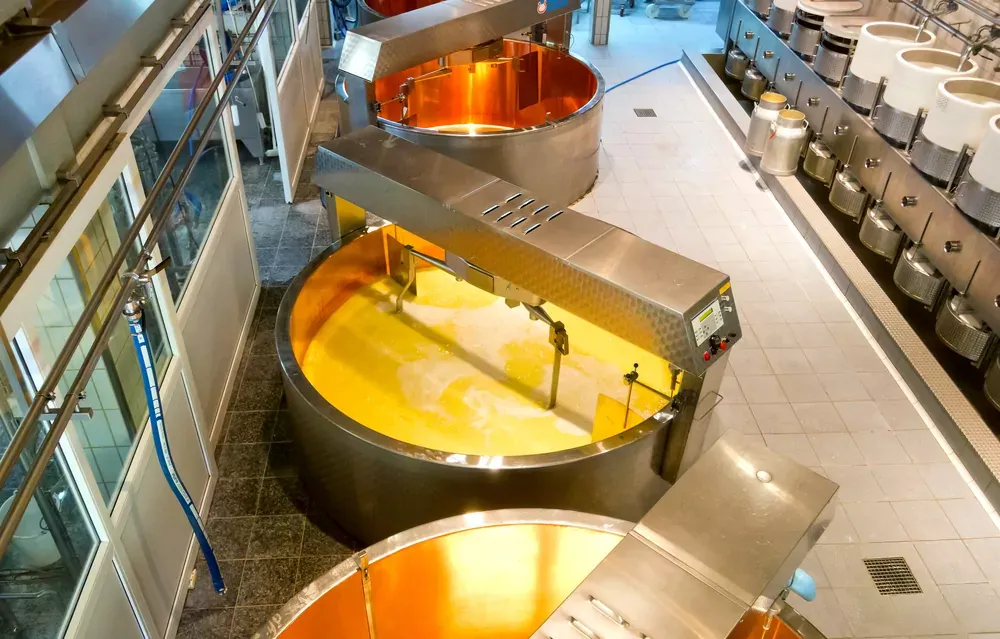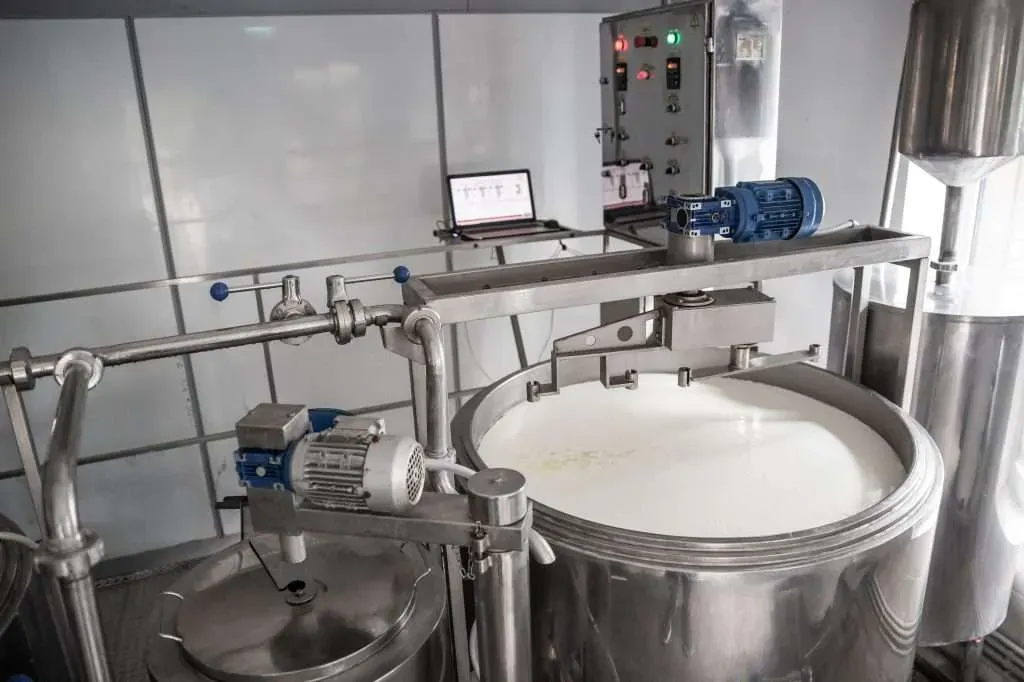Wastewater Treatment in Condensed and Evaporated Milk Processing: A Critical Eco-Friendly Practice
As the global demand for dairy products, including condensed and evaporated milk, continues to rise, the importance of effective wastewater treatment in this sector cannot be overstated. The processing of these milk products generates significant volumes of wastewater that can pose serious environmental challenges if not managed properly. This article explores the critical role of wastewater treatment in condensed and evaporated milk processing and discusses eco-friendly practices that can be implemented to minimize environmental impact.

Understanding Wastewater Generation
The production of condensed and evaporated milk involves several stages, including pasteurization, evaporation, and canning. Each of these stages requires substantial amounts of water, which contributes to wastewater generation. During these processes, water is used not only for the milk itself but also for cleaning and sanitizing equipment, which can lead to high volumes of contaminated wastewater.
According to industry estimates, dairy processing can generate up to 5,000 to 20,000 gallons of wastewater for every 1,000 gallons of milk processed. This wastewater is often laden with organic material, including fats, proteins, and lactose, as well as various cleaning agents used in the sanitation of equipment. The sheer volume and composition of this wastewater highlight the need for effective treatment solutions.

The Composition and Challenges of Dairy Wastewater
Wastewater from condensed and evaporated milk processing contains several components that can create environmental challenges if not properly treated. The organic matter present in the wastewater contributes to a high biochemical oxygen demand (BOD), which is a measure of the amount of oxygen that microorganisms will consume while decomposing organic matter. High BOD levels can lead to oxygen depletion in receiving water bodies, resulting in detrimental effects on aquatic ecosystems.
In addition to organic matter, dairy wastewater often contains elevated levels of nutrients such as nitrogen and phosphorus. When released into waterways without treatment, these nutrients can promote excessive growth of algae, a phenomenon known as eutrophication. Algal blooms can create dead zones in water bodies, where oxygen levels drop to critically low levels, endangering fish and other aquatic life.
Regulatory Compliance and Environmental Responsibility
The dairy processing industry is subject to stringent regulations regarding wastewater discharge. Authorities impose limits on BOD, total suspended solids (TSS), nutrient levels, and the presence of harmful chemicals in wastewater to protect water quality and aquatic ecosystems. Non-compliance can result in hefty fines, legal actions, and a tarnished reputation for dairy companies.
Moreover, consumers are increasingly aware of environmental issues and expect businesses to adopt sustainable practices. Companies that prioritize eco-friendly wastewater treatment can enhance their brand image, gain consumer trust, and potentially gain a competitive edge in the market.

Innovative Wastewater Treatment Solutions
To address the challenges associated with wastewater generation in condensed and evaporated milk processing, the industry is turning to innovative treatment solutions. These methods not only effectively manage wastewater but also promote resource recovery and sustainability.
Anaerobic Digestion:
One promising method is anaerobic digestion, a biological process that breaks down organic matter in the absence of oxygen. This process produces biogas, a renewable energy source that can be utilized for heating or electricity generation. The byproduct, known as digestate, is nutrient-rich and can be repurposed as a natural fertilizer, contributing to a circular economy in agriculture.
Advanced Filtration Systems:
The implementation of advanced filtration technologies, such as membrane filtration and biofiltration, is becoming increasingly vital. Membrane filtration techniques, including reverse osmosis, separate impurities from wastewater, enabling the reuse of treated water in various applications. Biofiltration utilizes natural organisms to break down contaminants, ensuring that treated water meets regulatory standards before being released into the environment.
Chemical Treatment and Precipitation:
In some cases, chemical treatment processes may be employed to remove specific contaminants from wastewater. This can involve the use of coagulants and flocculants to precipitate suspended solids and nutrients, allowing for their removal and proper disposal. This process can significantly reduce the environmental impact of wastewater discharge.
Sustainable Practices in Dairy Processing
To effectively manage wastewater, dairy processors must adopt a holistic approach that encompasses sustainability throughout their operations. Embracing a zero-waste philosophy is crucial, where every effort is made to divert wastewater through recycling, reuse, and efficient treatment.
Source Separation Techniques: Implementing source separation techniques allows processors to categorize and manage different types of waste effectively. For example, organic waste can be directed toward anaerobic digestion or composting, while recyclables can be processed separately. This ensures that valuable resources are recovered rather than wasted.
Collaboration with Local Agriculture: Collaboration with local farmers can facilitate the repurposing of treated wastewater for irrigation purposes. This not only helps to close the water loop but also provides farmers with a reliable water source for their crops, thereby enhancing community relationships and supporting local agriculture.
Regular Audits and Performance Metrics: Conducting regular audits of wastewater management practices is essential for identifying inefficiencies and setting measurable waste reduction goals. By tracking performance metrics, dairy processors can implement continuous improvement strategies, ensuring that their operations remain environmentally responsible.
Educating Consumers on Sustainable Practices
Consumer awareness and education play a vital role in driving sustainable practices within the dairy sector. By educating consumers about the importance of effective wastewater management and eco-friendly processing methods, companies can inspire them to support brands that prioritize environmental responsibility. Certifications and labels that highlight sustainable practices can enhance brand trust and encourage consumers to make informed choices.
Conclusion: A Sustainable Future for Dairy Processing
In conclusion, wastewater treatment is a significant concern in condensed and evaporated milk processing. The environmental implications of untreated wastewater can be severe, affecting aquatic ecosystems and human health. However, with a commitment to innovative treatment technologies and sustainable practices, the dairy industry can effectively mitigate these impacts.
By embracing eco-friendly wastewater management practices, dairy processors can not only comply with regulations but also demonstrate their dedication to environmental stewardship. The adoption of advanced treatment methods, resource recovery initiatives, and collaboration with local agriculture can pave the way for a more sustainable dairy processing sector.
As the industry continues to evolve, prioritizing wastewater treatment will be essential for meeting consumer expectations, protecting the environment, and ensuring the long-term viability of dairy processing operations. The journey toward sustainability may present challenges, but the potential benefits for both the environment and society are immense.